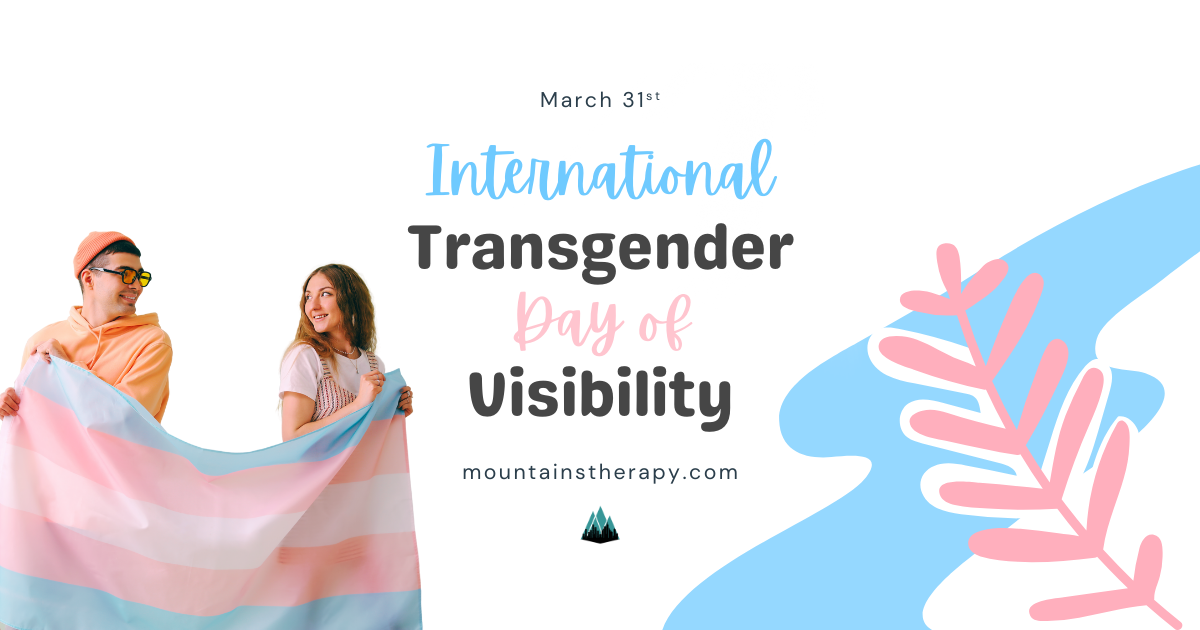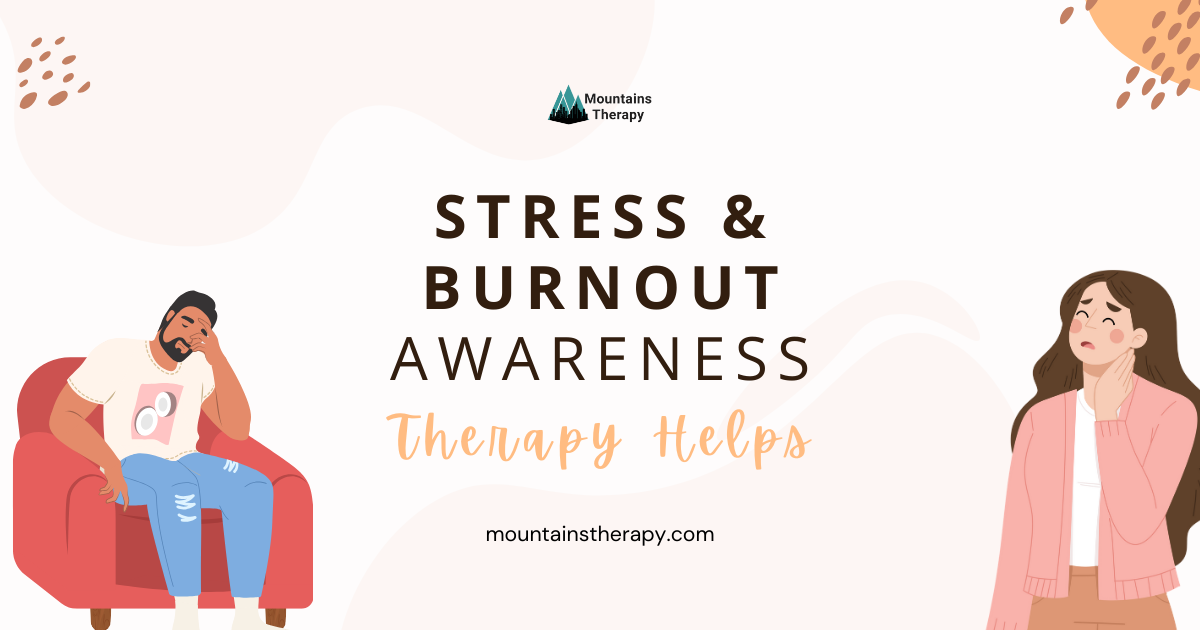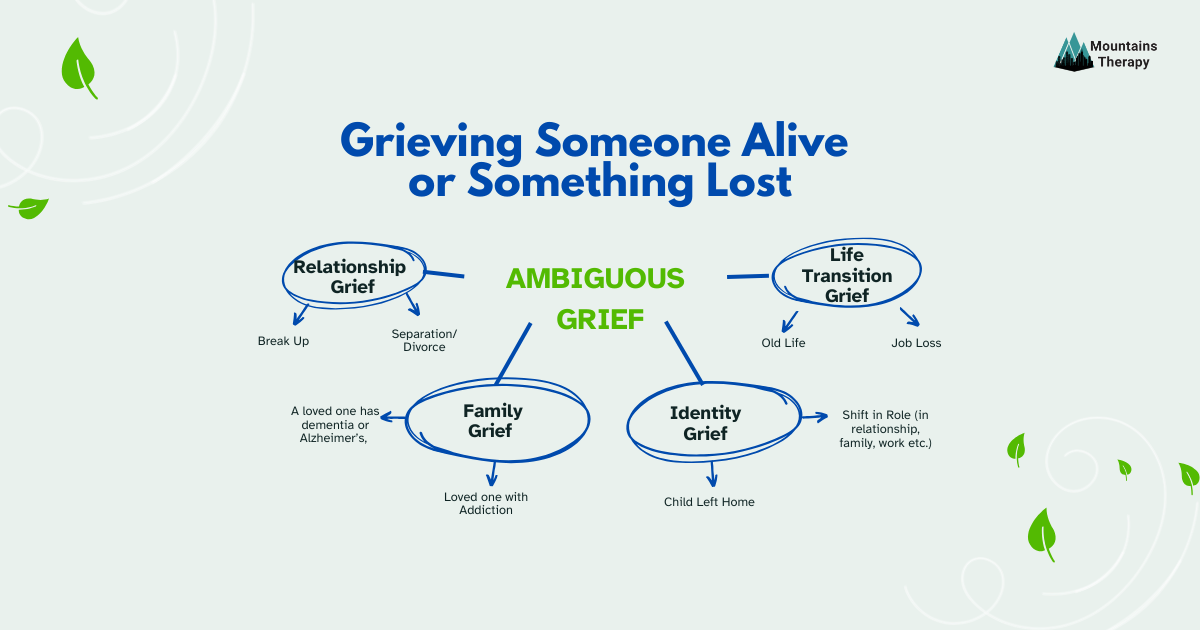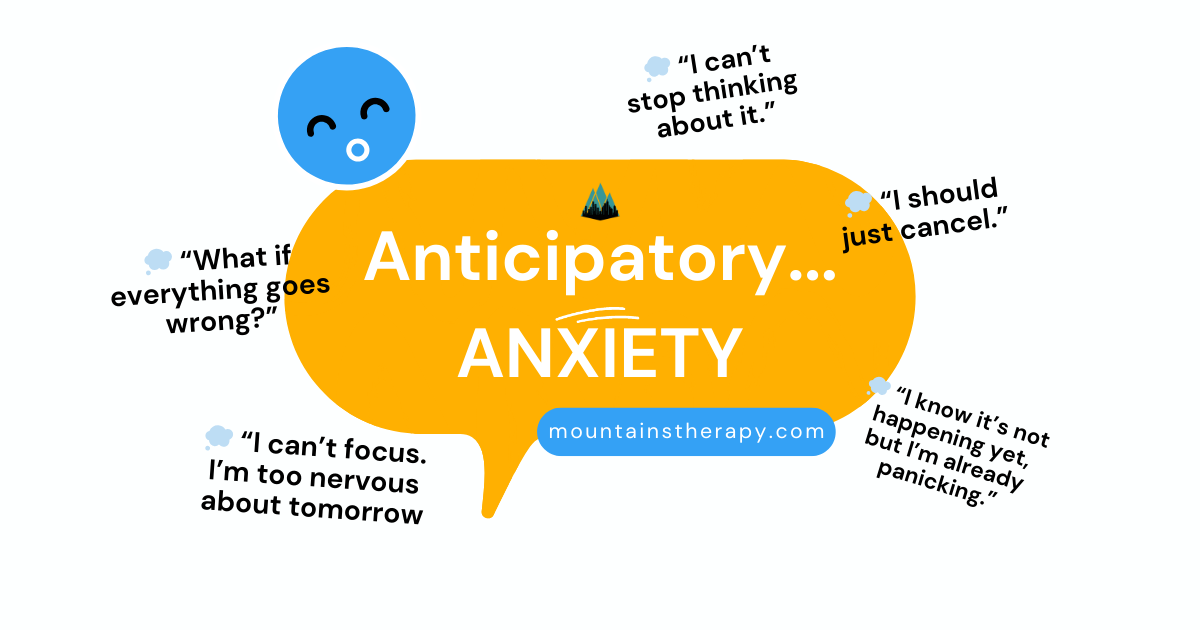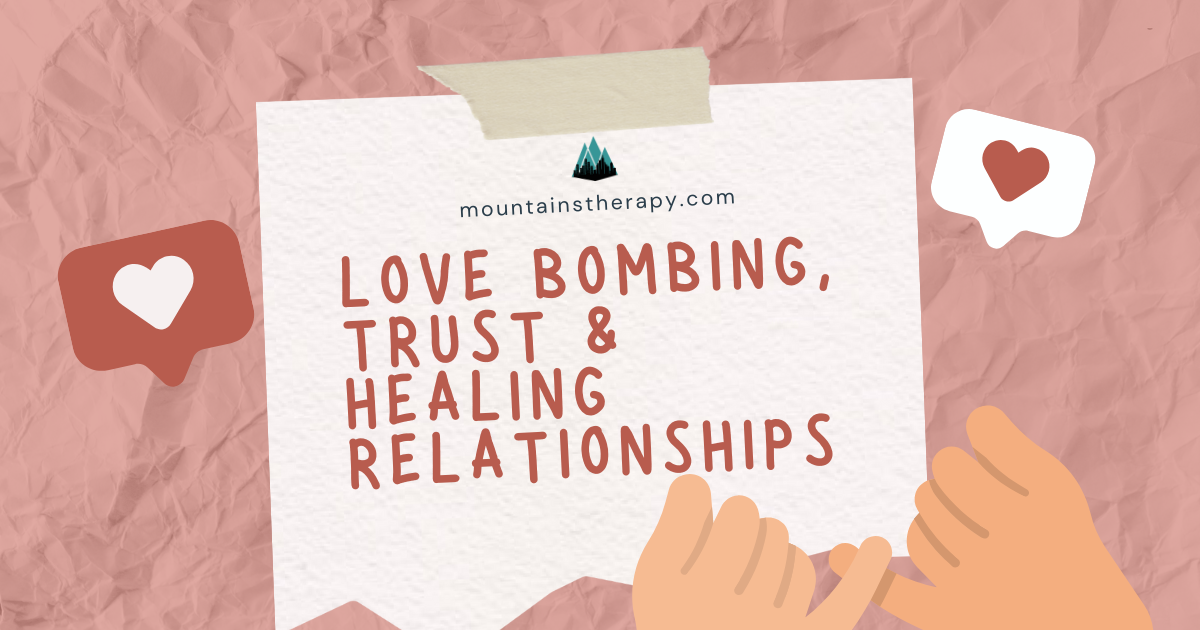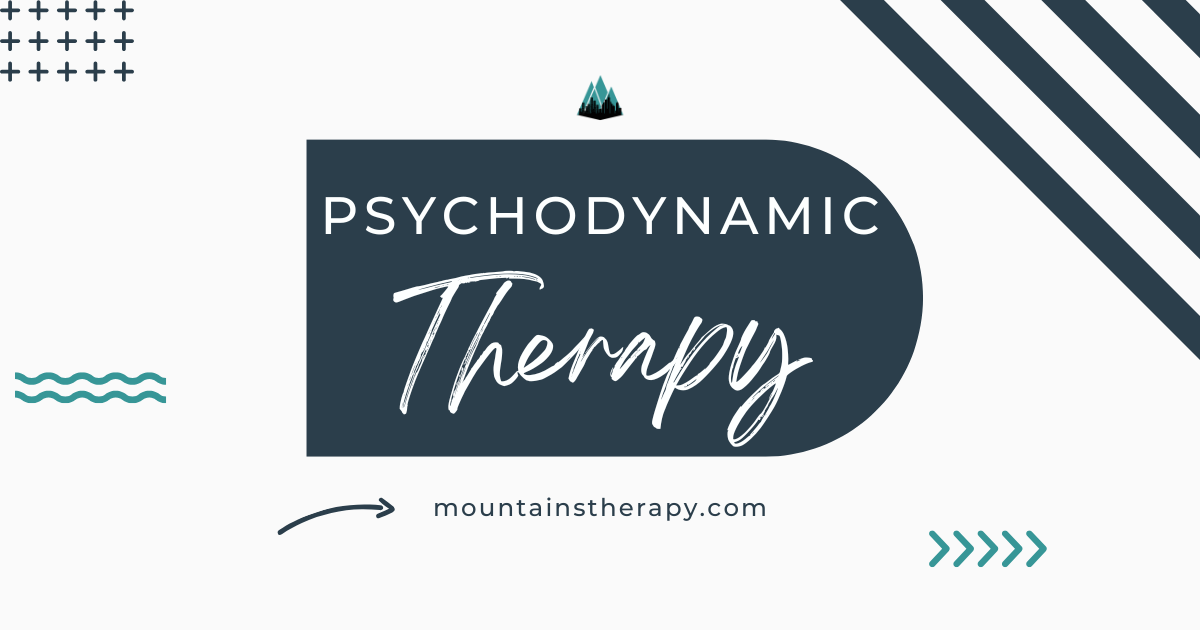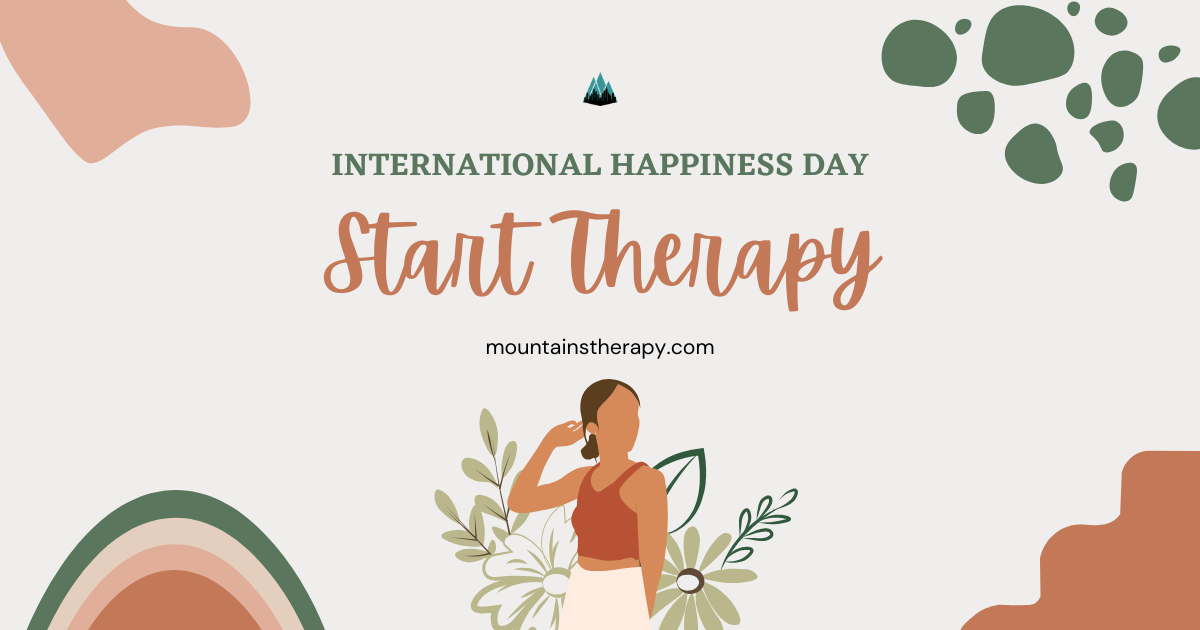What is Fearful-Avoidant Attachment Style?
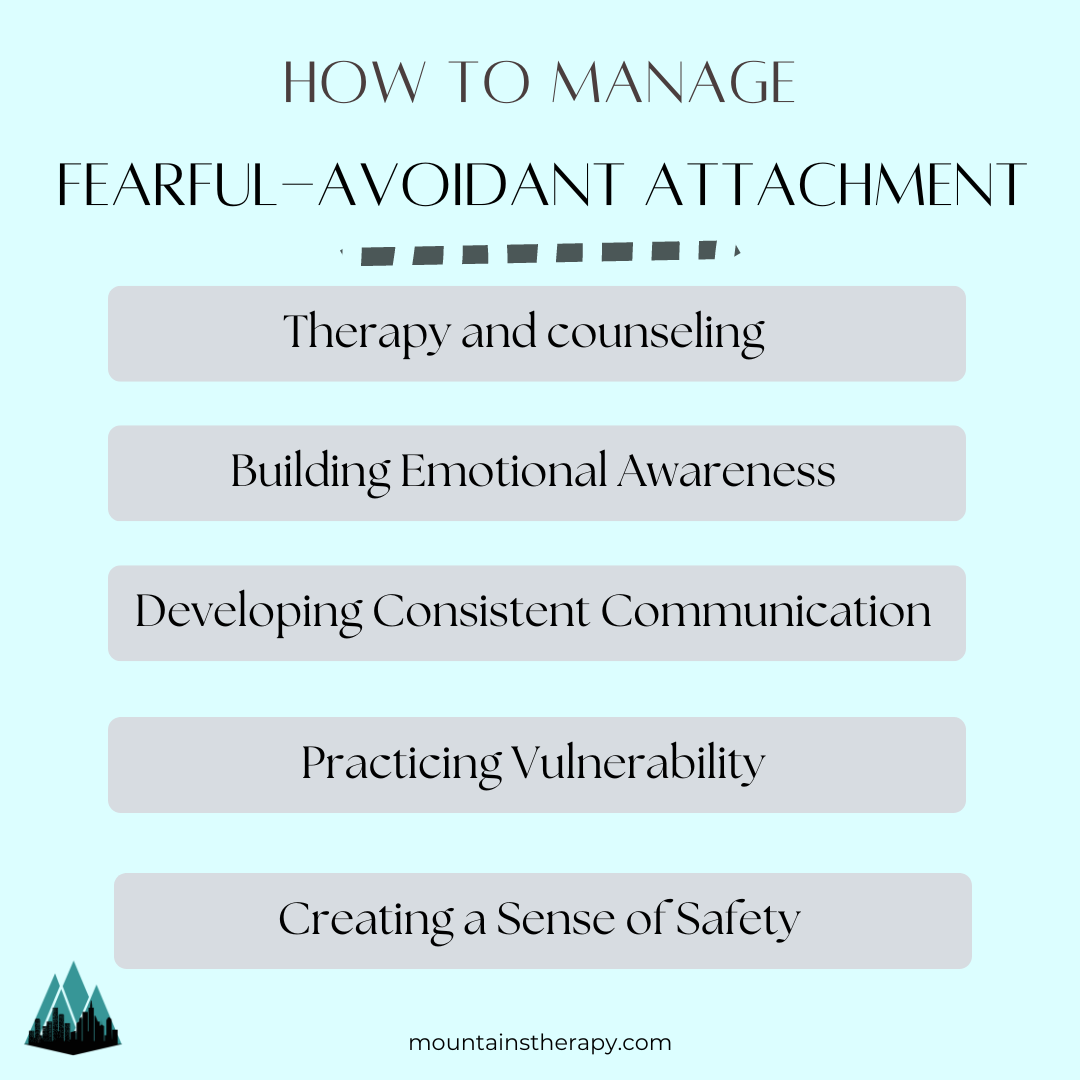
Understanding Fearful-Avoidant Attachment: Understanding Fearful-Avoidant Attachment
At Mountains Therapy, we offer therapy services in Montclair, NJ, as well as NC, FL, and UT, prioritizing support for all individuals, including LGBTQIA2S+ and BIPOC communities. We recognize the profound impact that attachment styles have on our relationships. Fearful-Avoidant Attachment, also known as disorganized attachment, is one of the most complex and challenging attachment styles. It combines elements of both anxious and avoidant attachment, leading to a push-pull dynamic characterized by fear, uncertainty, and a deep longing for connection.
In This Blog, You’ll Learn:
- What Fearful-Avoidant Attachment is
- How it manifests in relationships
- Steps you can take to manage it for healthier, more stable connections
Navigating the Complexities of Relationships
Fearful-Avoidant Attachment is an attachment style characterized by a conflicting desire for closeness and a deep fear of intimacy. Individuals with this attachment style often experience intense emotional turmoil, as they crave connection but simultaneously fear being hurt or rejected. This results in a pattern where they may push others away while feeling anxious about being alone, leading to a cycle of emotional instability.
If you've ever wondered, 'Do I have attachment issues?' or 'What does fearful avoidant attachment mean?', understanding this attachment style is a crucial first step. Many people struggle with attachment problems in relationships, often questioning, 'How fearful avoidant attachment affects relationships?' The answer lies in the deeply ingrained patterns formed from early life experiences.
This attachment style typically develops from early life experiences where caregivers were both a source of comfort and fear. The child learns to associate relationships with both love and pain, creating a disorganized approach to attachment that persists into adulthood. If you've ever asked yourself, 'Where does fearful avoidant attachment come from?', this duality in early caregiving is often at the root.
Characteristics of Fearful-Avoidant Attachment
- Push-Pull Dynamics: People with fearful-avoidant attachment often engage in push-pull behaviors in relationships. They may seek closeness and then withdraw when they feel overwhelmed by their emotions or fear being hurt. 'When fearful avoidant pulls away,' this push-pull behavior often leaves partners feeling confused and insecure.
- Fear of Intimacy: Those with this attachment style often fear getting too close to others. They may worry that intimacy will lead to vulnerability and ultimately result in rejection or abandonment. It's common to wonder, 'Are fearful avoidant and disorganized attachment the same?' or 'What triggers fearful avoidant behaviors?'
- Intense Emotional Turmoil: Individuals with fearful-avoidant attachment frequently experience intense and conflicting emotions. They may feel deeply attached to someone while simultaneously fearing that the relationship will end in pain. They often grapple with questions like, 'Can fearful avoidant fall in love?' and 'Will fearful avoidant come back?'
- Difficulty Trusting Others: Trust is a significant challenge for those with this attachment style. They may struggle to trust others, even when there is no clear reason for distrust, leading to a cycle of anxiety and withdrawal. This is often why fearful avoidant relationships can feel unstable and why partners might wonder, 'Why does a fearful avoidant break up?'
- Low Self-Esteem: People with fearful-avoidant attachment often struggle with low self-esteem and may feel unworthy of love and support. This can result in self-sabotaging behaviors that push others away, even when they crave connection. Partners might find themselves asking, 'Why does my fearful avoidant ex want to be friends?' or 'Why did my fearful avoidant block me?'
How to Manage Fearful-Avoidant Attachment
- Therapy and Counseling: At Mountains Therapy, we offer Individual Therapy, Couples Therapy, and Family Therapy to help you understand your attachment patterns and develop healthier ways of relating to others. If you've asked yourself, 'How can fearful avoidant become secure?' or 'How to fix fearful avoidant attachment?', therapy can be a transformative resource.
- Building Emotional Awareness: Recognizing and understanding your emotions is the first step toward managing your reactions in relationships. By defining 'emotional attachment' clearly, individuals can better navigate their responses.
- Developing Consistent Communication: Expressing needs and concerns clearly can lead to stronger connections. 'When a fearful avoidant reaches out,' open and honest communication can help prevent misunderstandings.
- Practicing Vulnerability: Embracing vulnerability helps overcome fearful-avoidant attachment. This can change the dynamic in relationships where partners might previously wonder, 'Will fearful avoidant reach out?'
- Creating a Sense of Safety: Building trust and consistency is crucial for establishing safety in relationships. When partners ask, 'Who should fearful avoidant date?' or 'Who are fearful avoidant attracted to?', the answer often lies in creating secure and supportive connections.
How Mountains Therapy Can Help
At Mountains Therapy in Montclair, NJ, NC, FL, and UT, we understand the complexities of Fearful-Avoidant Attachment and its impact on relationships. Our experienced therapists are here to help you navigate these challenges and develop more secure, fulfilling relationships.
Through Individual Therapy, Couples Therapy, and Family Therapy, we work with you to explore your attachment patterns, understand their origins, and develop healthier ways of connecting with others. Contact us today at Mountains Therapy in Montclair, NJ, NC, FL, and UT to start your journey toward emotional well-being and secure, fulfilling relationships.
Common Questions & Answers
- Attachment problems relationships? Difficulty forming stable, secure connections; often leads to instability and emotional turmoil.
- Signs you have attachment issues? Fear of intimacy, push-pull behaviors, difficulty trusting others, emotional instability.
- Do I have attachment issues? If you struggle with closeness, trust, or maintaining relationships, you might.
- Define emotional attachment? A deep emotional bond that creates a sense of security and connection with others.
- Are fearful avoidant and disorganized attachment the same? Yes, they are often used interchangeably.
- Are fearful avoidant narcissist? Not necessarily, but they may exhibit self-protective behaviors that seem self-centered.
- Are fearful avoidant jealous? Yes, they can experience intense jealousy due to insecurity.
- Who are fearful avoidant attracted to? Typically to those who are consistent and offer stability, but also to emotionally unavailable partners.
- Can fearful avoidant and dismissive avoidant be together? Yes, but it may lead to a challenging dynamic with both avoiding deep intimacy.
- Can fearful avoidant become secure? Yes, with therapy, self-awareness, and consistent, healthy relationships.
- Can fearful avoidant change? Yes, through healing work, therapy, and conscious effort.
- Can fearful avoidant fall in love? Yes, but they may struggle with vulnerability and maintaining closeness.
- How fearful avoidant attachment affects relationships? It often causes instability, push-pull dynamics, and challenges with trust and intimacy.
- How fearful avoidant comes back? Typically when they feel safe or when their fear of abandonment outweighs their fear of intimacy.
- How can fearful avoidant become secure? Through therapy, building trust, practicing vulnerability, and consistent support.
- How to fix fearful avoidant attachment? Therapy, self-reflection, building healthy relationships, and learning to manage fears.
- How to heal fearful avoidant attachment? Develop self-awareness, engage in therapy, and practice safe, consistent relationships.
- What does fearful avoidant mean? It describes someone who craves connection but fears intimacy and may display inconsistent behaviors in relationships.
- What is fearful avoidant disorganized attachment? An attachment style that mixes both anxious and avoidant tendencies, often due to inconsistent caregiving.
- What triggers fearful avoidant? Fear of rejection, intimacy, or abandonment; feeling overwhelmed by closeness.
- What does fearful avoidant attachment mean? It refers to an attachment style where an individual is conflicted between wanting connection and fearing it.
- What does fearful avoidant attachment look like? Push-pull behavior, emotional highs and lows, difficulty maintaining stable relationships.
- When fearful avoidant pulls away? Often when they feel too close or fear getting hurt.
- When fearful avoidant comes back? When they feel lonely or when their need for connection resurfaces.
- When fearful avoidant reaches out? Typically during moments of vulnerability or when they need reassurance.
- When a fearful avoidant breaks up with you? It may stem from fear of intimacy or feeling overwhelmed by the relationship.
- When a fearful avoidant falls in love? They may struggle with vulnerability but can deeply connect when they feel safe.
- Where does fearful avoidant attachment come from? Usually from inconsistent caregiving in childhood, often where caregivers were both a source of comfort and fear.
- Who is fearful avoidant? Someone who exhibits both anxious and avoidant behaviors in relationships.
- Who should fearful avoidant date? Those with a secure attachment style who can offer consistency and safety.
- Why fearful avoidant break up? Often due to fear of intimacy, feeling overwhelmed, or avoiding vulnerability.
- Why fearful avoidant keeps coming back? Because of their internal struggle between craving connection and fearing it.
- Why fearful avoidant ex wants to be friends? It might be a way to maintain connection without the pressure of a relationship.
- Why fearful avoidant blocked me? Likely as a self-protective measure when feeling overwhelmed or threatened.
- Why fearful avoidant? Due to early life experiences with inconsistent caregivers, leading to conflicting feelings about intimacy.
- Will fearful avoidant come back? Possibly, especially if they feel safe or if their fear of abandonment resurfaces.
- Will fearful avoidant reach out? Yes, often during vulnerable moments or when seeking reassurance.
- Will fearful avoidant ex reach out? Yes, especially if they struggle with fully letting go of connections.

